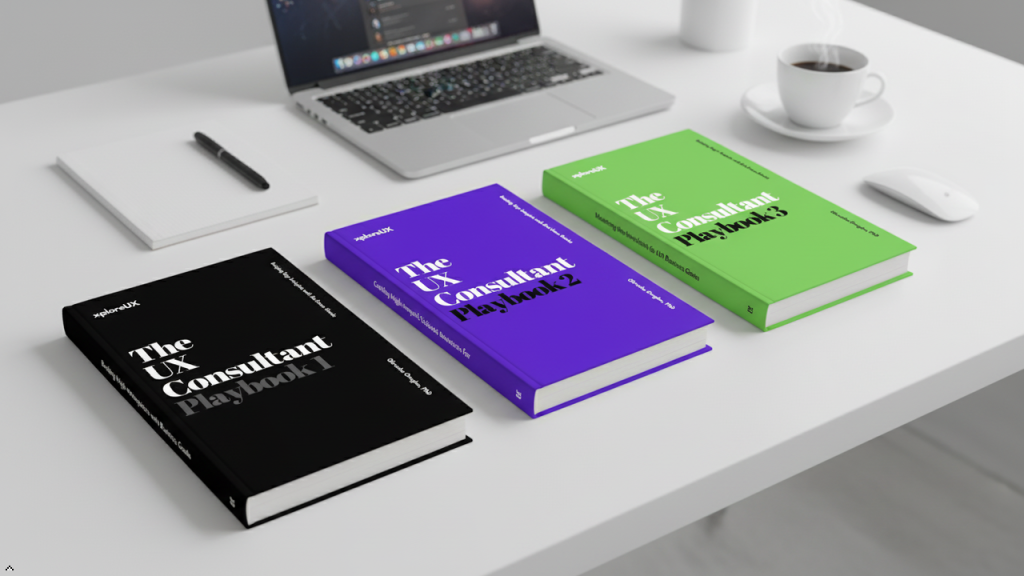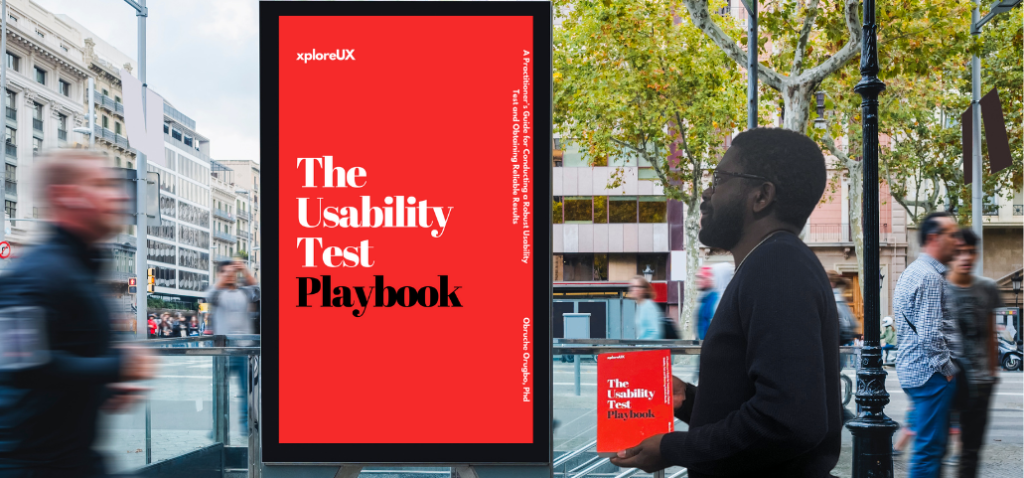
The success of a product often hinges on its ability to meet and exceed user expectations. As a UX consultant, one of the most powerful tools at my disposal to ensure product excellence is the user feedback loops.
User feedback loops are instrumental in driving growth by continuously refining products based on direct input from users. This article explores how effective user feedback loops can enhance product development, boost user satisfaction, and foster sustained growth.
Before diving into why user feedback loops are crucial for product development, let’s briefly define what a user feedback loop is for a clearer understanding.
User feedback loops refer to the cyclical process of collecting feedback from users, analyzing this data, and then applying insights to make informed improvements to a product.
This iterative process ensures that products remain aligned with user needs and expectations over time. A well-implemented user feedback loop is essential for developing products that are not only functional but also resonate deeply with their target audience. Now, let’s explore why user feedback loops are crucial in product development.
Enhanced User Experience: User feedback loops provide direct insights into how real users interact with a product. This knowledge is invaluable for identifying pain points and areas for enhancement. By iteratively refining the product based on user feedback, companies can create a more intuitive and satisfying user experience.
Informed Decision-Making: Decisions based on user feedback are grounded in real-world data rather than assumptions. This reduces the risk of costly missteps and ensures that product development efforts are focused on areas that genuinely matter to users.
Increased User Engagement: Engaging users in the feedback process fosters a sense of ownership and loyalty. Users who see their feedback lead to tangible improvements are more likely to continue using the product and recommending it to others.
Early Problem Detection: User feedback loops help identify issues before they escalate. By addressing user concerns promptly, companies can prevent minor issues from becoming major problems, thereby saving time and resources in the long run. Implementing Effective User Feedback Loops
Collecting Feedback: The first step in the user feedback loop is gathering user input. This can be done through various methods such as surveys, interviews, focus groups, and in-app feedback tools. It’s crucial to use diverse channels to capture a wide range of perspectives and experiences.
Analyzing Feedback: Once feedback is collected, it needs to be analyzed to identify common themes and actionable insights. This process often involves qualitative analysis for open-ended feedback and quantitative analysis for structured responses.
Acting on Feedback: The insights gained from feedback analysis should inform product improvements. This might involve making design changes, adding new features, or addressing usability issues. It’s essential to prioritize changes based on their potential impact on user satisfaction and business goals.
Communicating Changes: Users should be informed about how their feedback has influenced product updates. This communication helps close the loop and demonstrates that their input is valued, which can encourage continued engagement.
Iterating: The user feedback loop is continuous. After implementing changes, it’s important to collect more feedback to assess the impact and identify further areas for improvement. This iterative process ensures that the product evolves in line with user needs.
To make the most of user feedback loops, consider the following best practices:
Be Proactive: Don’t wait for users to come to you with feedback. Actively solicit input at various stages of the user journey. This proactive approach helps gather a comprehensive understanding of user experiences.
Encourage Honest Feedback: Create an environment where users feel comfortable sharing their true opinions. Assure them that their feedback will be used constructively and will not lead to negative consequences.
Use a Variety of Feedback Channels: Different users may prefer different ways of providing feedback. Offering multiple channels such as email, social media, and in-app surveys increases the likelihood of receiving diverse and representative feedback.
Integrate Feedback into Agile Processes: In agile development, user feedback loops can be incorporated into sprint cycles. This allows for rapid iteration and ensures that user insights are continuously influencing product development.
Prioritize Feedback: Not all feedback will be equally valuable or actionable. Develop criteria for prioritizing feedback based on frequency, severity, and alignment with strategic goals.
Measure the Impact of Changes: After acting on feedback, measure the impact of the changes on user satisfaction and engagement. Use metrics such as Net Promoter Score (NPS), user retention rates, and feature usage to gauge success.
Foster a Culture of Feedback: Encourage a culture where feedback is welcomed and valued at all levels of the organization. This cultural shift can lead to more innovative solutions and a deeper understanding of user needs.
Case Study 1: Dropbox
Dropbox has effectively used user feedback loops to enhance its product over the years. By consistently seeking user feedback through surveys and user testing, Dropbox has been able to identify and prioritize features that users find most valuable. This approach has helped the company maintain a high level of user satisfaction and loyalty.
Case Study 2: Slack
Slack’s success is largely attributed to its commitment to user feedback. By actively engaging with users through various channels, Slack has been able to iteratively improve its product, adding features and refining the user interface based on user input. This has enabled Slack to stay ahead in the competitive market of team collaboration tools.
Case Study 3: Airbnb
Airbnb uses user feedback loops to enhance both the host and guest experiences. Through surveys and reviews, Airbnb gathers insights into user preferences and pain points. This feedback has led to numerous improvements in the platform’s functionality and user experience, contributing to Airbnb’s rapid growth and popularity.
Despite their benefits, implementing user feedback loops can present several challenges:
Volume of Feedback: Managing and analyzing large volumes of feedback can be overwhelming. It requires robust systems and processes to ensure that feedback is effectively categorized and addressed.
Balancing Feedback: Users may have conflicting feedback, making it challenging to prioritize changes. Balancing diverse perspectives while staying true to the product vision requires careful consideration.
Feedback Fatigue: Constantly seeking feedback can lead to user fatigue, where users become less willing to provide input. It’s important to strike a balance between soliciting feedback and respecting users’ time.
Implementing Feedback: Translating feedback into actionable improvements can be complex, especially for technical or resource-intensive changes. It’s essential to have a clear process for evaluating and implementing feedback. The Future of User Feedback Loops
As technology continues to evolve, the methods for collecting and analyzing user feedback are becoming more sophisticated. Emerging trends include:
AI and Machine Learning: These technologies are being used to analyze large datasets of user feedback more efficiently, uncovering patterns and insights that might be missed through manual analysis.
Real-Time Feedback: Real-time feedback tools are becoming more prevalent, allowing companies to gather and act on user input immediately. This can lead to faster iterations and more responsive product development.
Predictive Analytics: By leveraging predictive analytics, companies can anticipate user needs and preferences, allowing for proactive product enhancements rather than reactive changes.
Voice of the Customer (VoC) Programs: VoC programs are gaining traction as a way to systematically capture and analyze user feedback across all touchpoints, providing a holistic view of the user experience.
User feedback loops are a vital component of successful product development. They provide a structured way to gather, analyze, and act on user input, leading to products that better meet user needs and drive growth. By implementing effective user feedback loops, companies can enhance the user experience, make informed decisions, and foster a culture of continuous improvement.
As technology advances, the tools and techniques for managing user feedback loops will continue to evolve, offering even greater opportunities for growth and innovation. Embracing these practices ensures that products not only survive but thrive in today’s competitive market.
By strategically leveraging user feedback loops, companies can build better products and achieve sustained growth. This iterative approach not only aligns products with user expectations but also fosters a culture of continuous improvement and innovation, ensuring long-term success in a dynamic digital landscape.





3 comments